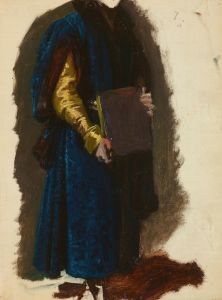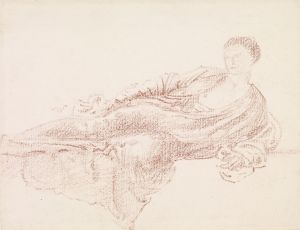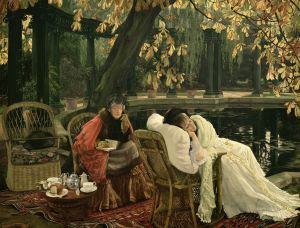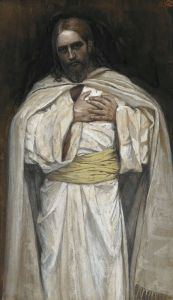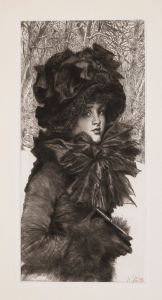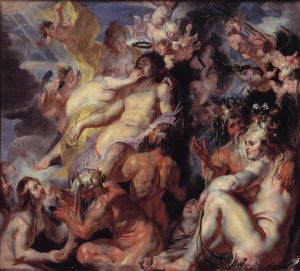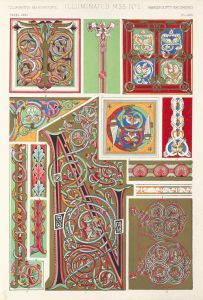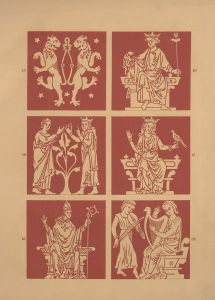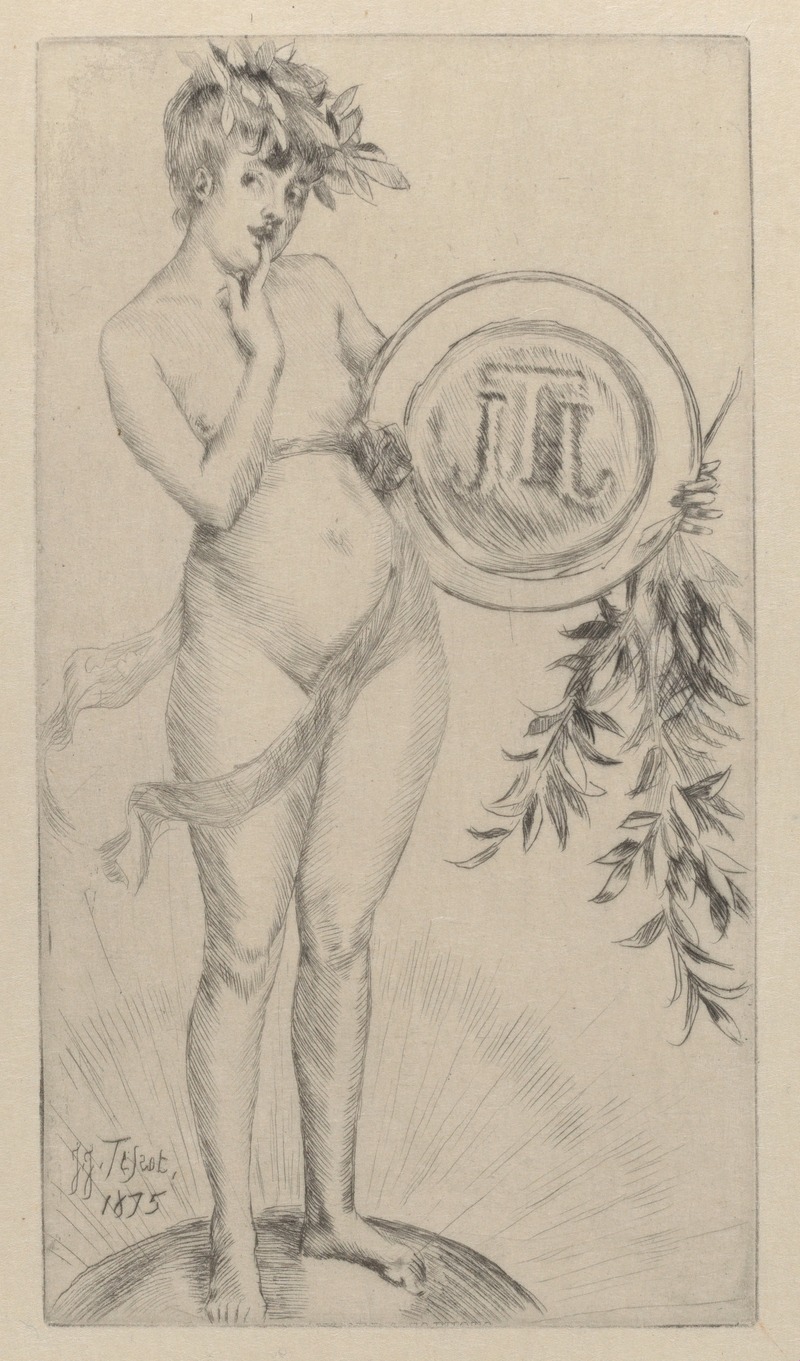
First Frontispiece
A hand-painted replica of James Tissot’s masterpiece First Frontispiece, meticulously crafted by professional artists to capture the true essence of the original. Each piece is created with museum-quality canvas and rare mineral pigments, carefully painted by experienced artists with delicate brushstrokes and rich, layered colors to perfectly recreate the texture of the original artwork. Unlike machine-printed reproductions, this hand-painted version brings the painting to life, infused with the artist’s emotions and skill in every stroke. Whether for personal collection or home decoration, it instantly elevates the artistic atmosphere of any space.
James Tissot, a renowned French painter and illustrator, created a series of works that captured the social and cultural nuances of his time. Among these works is "First Frontispiece," a piece that reflects Tissot's keen eye for detail and his ability to convey the subtleties of human interaction and fashion. Although specific details about "First Frontispiece" are limited, Tissot's broader body of work provides context for understanding his artistic style and thematic interests.
James Tissot was born on October 15, 1836, in Nantes, France. He studied at the École des Beaux-Arts in Paris, where he was influenced by the academic style of painting. Tissot's early works were characterized by historical and genre scenes, but he later became known for his depictions of contemporary life, particularly the fashionable society of Paris and London. His ability to capture the elegance and intricacies of clothing and interiors made his work highly sought after during his lifetime.
In the 1870s, Tissot moved to London, where he continued to develop his style and gained significant recognition. His works from this period often depicted the leisure activities and social gatherings of the upper classes. Tissot's attention to detail and his ability to capture the mood and atmosphere of a scene were hallmarks of his work. He was particularly skilled at rendering fabrics and textures, which added a tactile quality to his paintings.
"First Frontispiece" likely belongs to this period of Tissot's career, when he was deeply engaged in exploring themes of modernity and the complexities of social interactions. While specific information about this particular piece is scarce, it can be inferred that it shares the characteristics of Tissot's other works from this time. His paintings often featured women in fashionable attire, set against the backdrop of elegant interiors or lush gardens. These settings provided a stage for Tissot to explore themes of beauty, fashion, and the roles of women in society.
Tissot's work was well-received by his contemporaries, and he exhibited regularly at the Royal Academy in London. His ability to capture the spirit of the age, combined with his technical skill, ensured his popularity among collectors and art enthusiasts. Despite the lack of detailed information about "First Frontispiece," it is reasonable to assume that it reflects Tissot's mastery of composition and his interest in the social dynamics of his time.
In the later years of his career, Tissot returned to France and experienced a shift in his artistic focus. He became increasingly interested in religious themes and embarked on a series of illustrations depicting the life of Christ. This marked a departure from his earlier works, but it demonstrated his versatility and continued dedication to his craft.
Overall, while specific details about "First Frontispiece" are not readily available, James Tissot's reputation as a painter of modern life and his ability to capture the essence of his era provide a framework for understanding the significance of his work. His legacy endures through his contributions to the art world and his influence on subsequent generations of artists.





